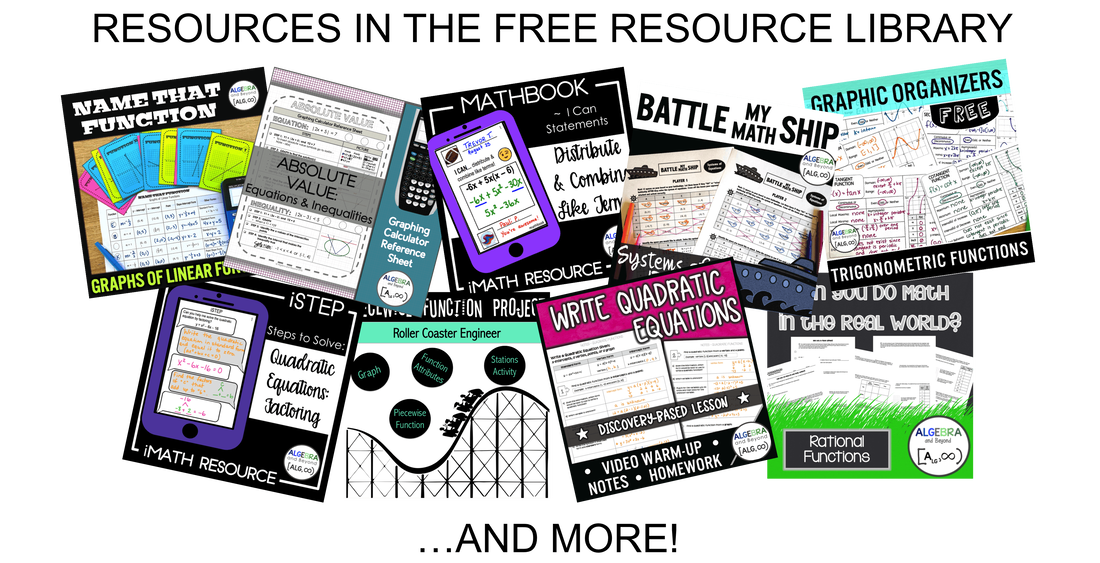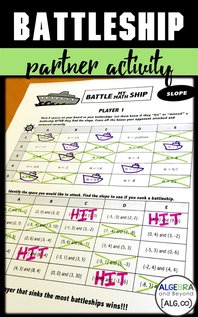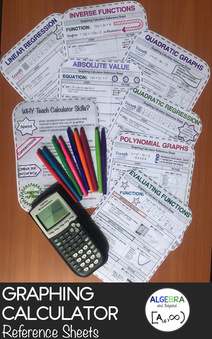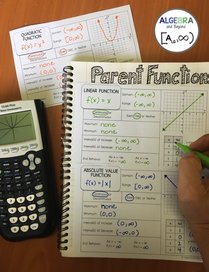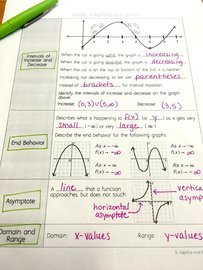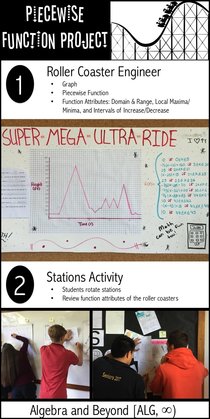|
What are iMath activities? iMath is a series of activities designed with the intent to engage students in math by putting a fun twist on their favorite phone apps* - Facebook, iMessage, Instagram, and Tumblr. Each iMath Activity covers different skills in a unique way. Students add each activity to their phone/tablet template that can be on display in the classroom. Below is a description of ERRORGRAM, which is meant to model Instagram *None of these activities are actual digital apps or affiliated with the app they model. 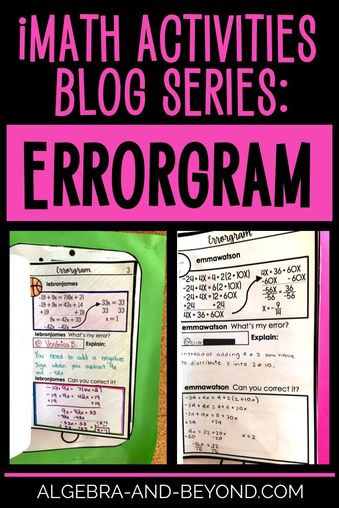 
What is the purpose?
Error analysis is a method used to identify common mistakes made in mathematics and the cause of the incorrect answer. According to Robert Marzano, error analysis is at the top of the higher level thinking skills and an aid in conceptual understanding. This ability to check for correctness is a big key to achieving math proficiency. It’s awesome to see the critical thinking that happens during these activities! How do I use this in my classroom? Again, just like Doodlr, this activity can be used in various ways. I have used it in a station, after an assessment, or when a student has completed all tasks for the day and needs an extra activity to work on. Print some off and have them available for whenever your students are in need of some extra critical thinking! Which app does this activity model? Errorgram is meant to be similar to Instagram, which has rapidly become one of this generations favorite apps. Errorgram is an engaging way for students to determine the mistake a famous person made in a math problem they posted on their Instagram feed. Of course, that person didn’t really post it, but it’s fun for students to feel like they are fixing a mistake by someone they like or admire. Students need to explain the mistake and then correct it. Students can even add hashtags that are fitting for the post.
How do you do this activity?
Students will… Step 1 – Need one Errorgram sheet. Step 2 – Analyze the worked out problem and find the error the person made. Step 3 – State the error and find the correct answer by working out the problem. Step 4 – Add the sheet to the phone/tablet template and hang the activity on the wall or bulletin board. Oh, yeah!…students become analytical thinkers using Errorgram! Add more iMath activities to show mathematical growth and use for review at the end of the year.
0 Comments
|
Hello there,
|
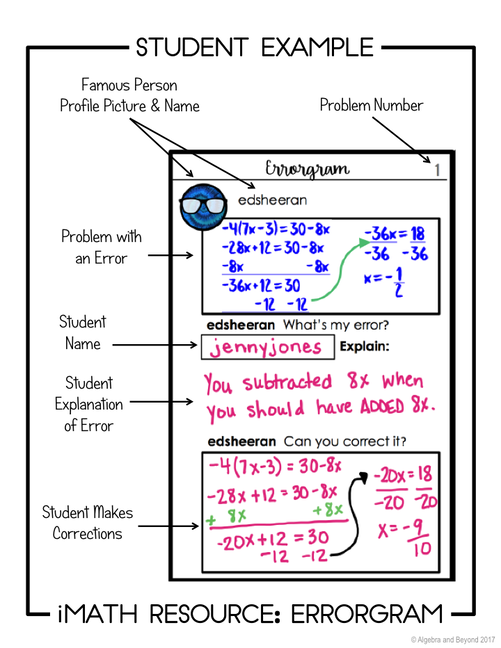
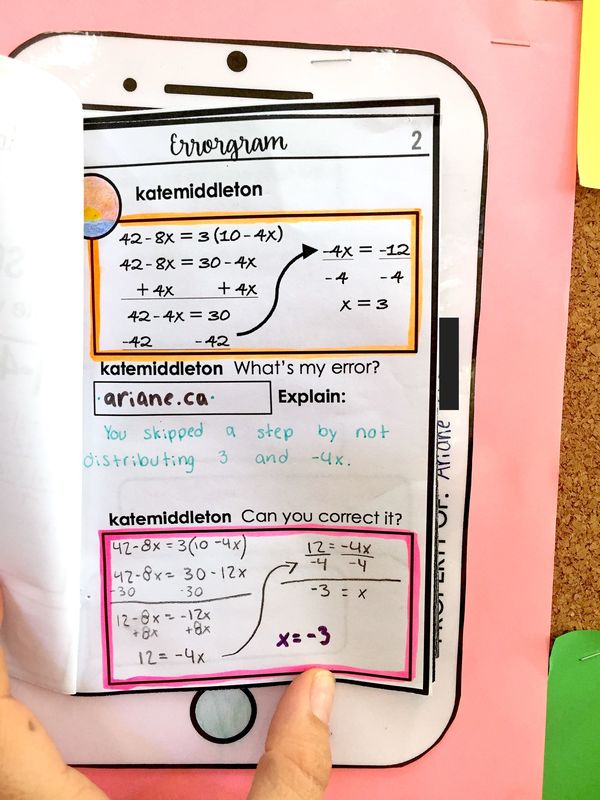
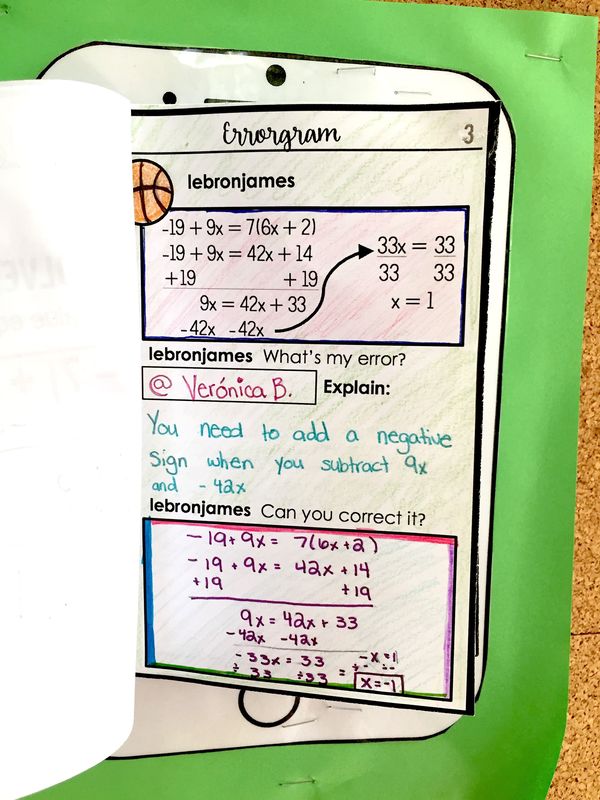
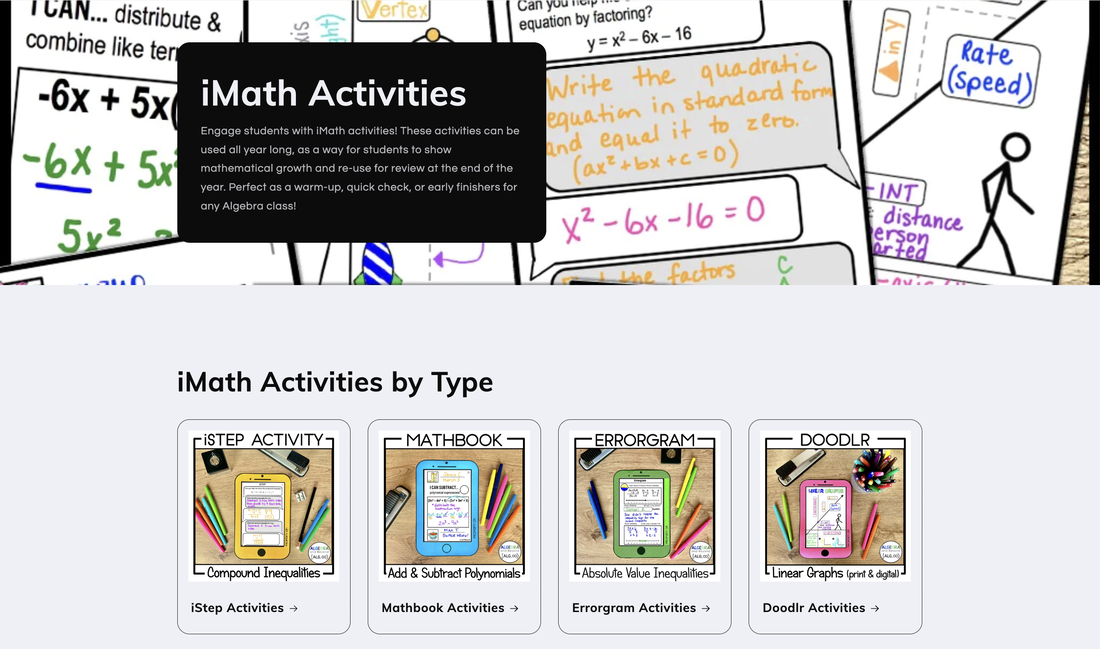





 RSS Feed
RSS Feed

